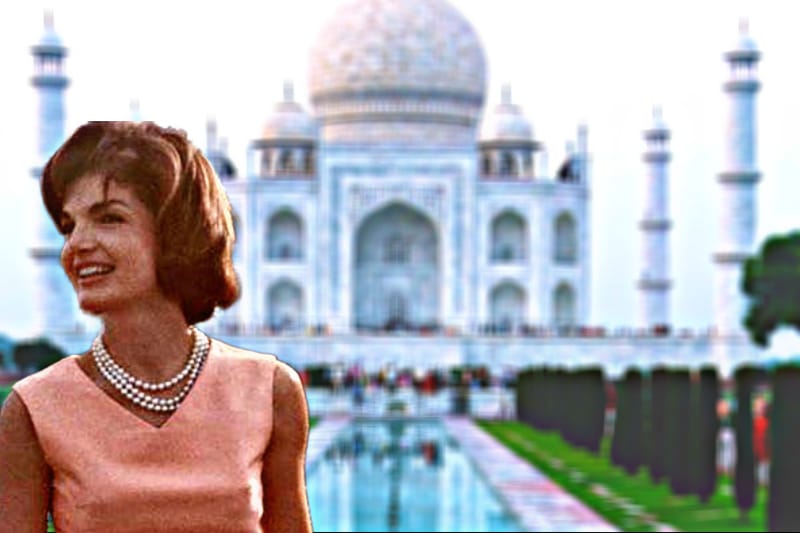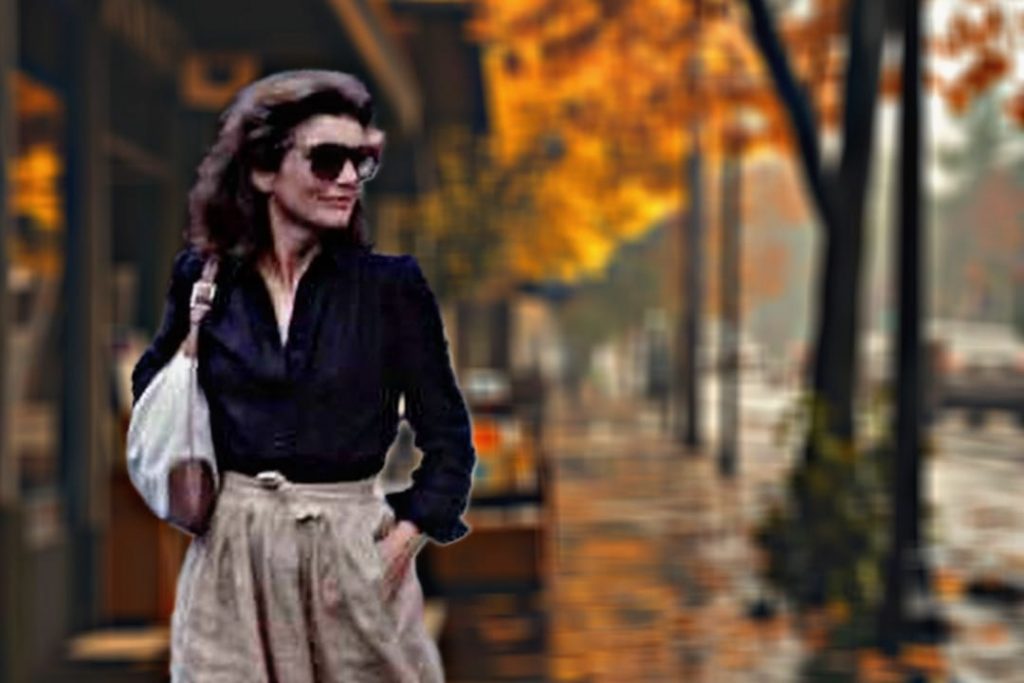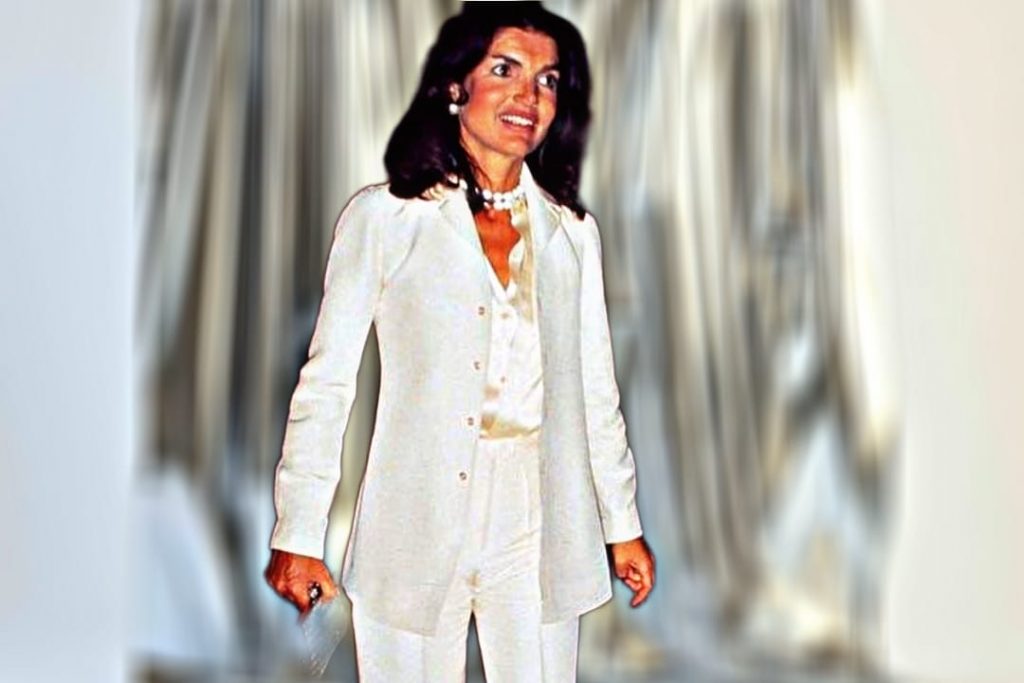Jacqueline Kennedy Onassis remains one of the most captivating figures in modern history. As the First Lady of the United States during the presidency of her husband, John F. Kennedy, she captivated the world with her elegance, style, and intellect. Even after the tragic assassination of her husband in 1963, Jacqueline Kennedy Onassis life continued to intrigue the public. She became an icon not only as a mother, a widow, and a fashion symbol, but also as a fiercely private woman who shaped her legacy with a quiet strength.
This article delves into the life of Jacqueline Kennedy Onassis, highlighting her early years, her time as First Lady, the grief she endured following her husband’s assassination, her second marriage to Aristotle Onassis, and her post-White House life. We will explore the events that shaped her identity, her influence on American culture, and the way she became an enduring symbol of grace, resilience, and determination.
Early Life and Education

Jacqueline Lee Bouvier was born on July 28, 1929, in Southampton, New York, into a privileged and socially prominent family. Her father, John Vernou Bouvier Jr., was a stockbroker, and her mother, Janet Norton Lee, was an accomplished socialite. Jacqueline’s childhood was marked by privilege but also by instability. Her parents’ turbulent marriage eventually ended in divorce when she was just 10 years old, leaving Jacqueline and her sister Caroline to be raised primarily by their mother.
Jacqueline Kennedy Onassis was educated in elite schools, first attending the Chapin School and then transferring to the prestigious Miss Porter’s School in Connecticut. These formative years, surrounded by wealth and social status, would play a significant role in shaping her poise and demeanor. Jacqueline was an intelligent, ambitious young woman with a passion for the arts, literature, and history. She attended Vassar College for two years before transferring to George Washington University, where she graduated with a degree in French literature in 1951.
The Early Years as a Journalist
Before meeting John F. Kennedy, Jacqueline had a brief career in journalism. She worked as a photographer and writer for the Washington Times-Herald, where she was tasked with writing the “Inquiring Photographer” column. This role allowed her to use her keen observational skills, which would later serve her well in her public life. Her experiences in the world of journalism helped cultivate her ability to remain composed under pressure and handle the media, an essential skill during her time as First Lady.
Meeting John F. Kennedy
In 1952, Jacqueline met John F. Kennedy at a dinner party hosted by a mutual friend. The two were immediately drawn to each other, though Jacqueline initially viewed him as charming but rather unremarkable. However, as their relationship deepened, Jacqueline began to recognize Kennedy’s potential. JFK, who was a U.S. Senator at the time, admired Jacqueline’s intellect, beauty, and wit. In 1953, he proposed to her, and they were married on September 12, 1953, in a grand ceremony at St. Mary’s Church in Newport, Rhode Island.
Their marriage was one of public fascination, but it was not without its challenges. Jacqueline struggled with the pressures of being married to a man with a promising political future, and their relationship was frequently subjected to the scrutiny of the media. Nevertheless, the couple went on to have four children: Caroline (born 1957), John Jr. (born 1960), and two stillborn children.
Becoming First Lady

When John F. Kennedy won the 1960 presidential election, Jacqueline Kennedy Onassis became the First Lady of the United States at just 31 years old. Her role as the First Lady was unprecedented in many ways. She wasn’t just a figurehead; she used her position to champion causes she cared deeply about, including the arts, history, and the preservation of American heritage. Her efforts to renovate the White House were among the most notable of her early First Lady initiatives.
Jacqueline Kennedy Onassis, with the help of curator and historian Henry Francis du Pont, transformed the White House into a living museum that showcased American history and culture. She oversaw the restoration of the White House’s historical rooms, carefully selecting furnishings, portraits, and decorative items that reflected the nation’s heritage. Her efforts were showcased on television during a broadcast of a White House tour, which not only earned her praise but also helped to reintroduce the idea of the White House as a national symbol of pride.
The Cultural Influence of Jacqueline Kennedy Onassis
Jacqueline Kennedy Onassis was much more than a political spouse; she became a global style icon. Her sophisticated fashion choices, marked by clean lines, elegant silhouettes, and bold colors, set new trends in the 1960s. Designers such as Oleg Cassini, Hubert de Givenchy, and Chanel became her favorites, and her signature look—pillbox hats, tailored coats, and knee-length dresses—was emulated by women worldwide.
However, Jacqueline Kennedy Onassis influence extended beyond fashion. She understood the power of media and knew how to navigate her public image. Her poise, intelligence, and sense of style made her a magnetic figure who captured the hearts of Americans and people around the world. During her tenure as First Lady, she helped redefine the role by balancing the demands of public life with her commitment to her family.
Tragedy and Resilience: The Assassination of John F. Kennedy

On November 22, 1963, tragedy struck when President John F. Kennedy was assassinated in Dallas, Texas. Jacqueline Kennedy Onassis life was forever altered. In an instant, she became a widow, a mother, and the first lady of a nation mourning the loss of a leader. The images of Jacqueline, still in her blood-stained pink suit, standing beside Lyndon B. Johnson as he was sworn in as the 36th President of the United States, became some of the most haunting and powerful photographs of the 20th century.
Despite her personal grief, Jacqueline Kennedy Onassis poise and dignity in the aftermath of her husband’s assassination won her the admiration of people worldwide. In the days following his death, she insisted on a public funeral for her husband that honored his legacy and marked a national period of mourning. The grandeur of JFK’s funeral, with its somber procession and the image of John Jr. saluting his father’s casket, became a poignant moment in American history.
Second Marriage to Aristotle Onassis
After the assassination, Jacqueline Kennedy Onassis faced immense challenges as she navigated life as a widow. She moved with her children to New York City and tried to rebuild her life in private. Despite widespread media attention and speculation about her personal life, Jacqueline remained largely out of the public eye for several years.
In 1968, Jacqueline Kennedy Onassis shocked the world when she married Greek shipping magnate Aristotle Onassis. The union was one of the most talked-about events of the 1960s. Onassis, known for his immense wealth and power, provided Jacqueline with the security she sought in the wake of her husband’s death. However, the marriage was not without its difficulties, and the couple’s life together was marked by both luxury and solitude. They split their time between New York, Greece, and Onassis’s private island, Skorpios, where Jacqueline became more private and withdrawn from the public eye.
Though Jacqueline Kennedy Onassis marriage to Onassis was often under scrutiny, it was clear that their bond offered her a sense of stability. The couple remained together until Onassis’s death in 1975. Afterward, Jacqueline continued to lead a more reclusive life but remained an important figure in American society.
Post-White House Life: A Career in Publishing
In the years following her marriage to Aristotle Onassis, Jacqueline turned to a career in publishing. She worked as an editor for Doubleday and later Viking Press. Jacqueline Kennedy On assiseditorial work focused on a range of subjects, including history, biography, and memoirs, a testament to her lifelong love of literature and the arts. In this new professional chapter, Jacqueline made her mark as a skilled and respected editor, overseeing the publication of several high-profile works, including memoirs by prominent figures and political leaders.
Jacqueline Kennedy Onassis Legacy: A Lasting Impact
Jacqueline Kennedy Onassis’s life was a complex tapestry woven with public triumphs and private tragedies. She was a woman of extraordinary grace and intelligence, navigating the pressures of public life with a quiet resilience. Her impact on American culture cannot be overstated. From her iconic fashion sense to her role in preserving the White House, Jacqueline helped shape the modern image of the First Lady.
Her influence continues to be felt today. Jacqueline Kennedy Onassis ability to blend beauty, intellect, and compassion set a standard for future generations of women in the public eye. She will forever be remembered not only as the wife of a beloved president but as an individual who navigated profound loss with strength, dignity, and grace.
Conclusion
Jacqueline Kennedy Onassis led a life that transcended her role as First Lady. Her ability to redefine public expectations, her influence on culture and style, and her resilience in the face of personal tragedy left an indelible mark on history. While her legacy is marked by the iconic moments of her time in the White House, it is her enduring grace, intelligence, and strength that have made her a lasting symbol of American elegance and resilience.
Jacqueline Kennedy Onassis, through all her trials and triumphs, remains one of the most iconic and influential women in history. Her legacy continues to inspire and will forever be remembered in the annals of American history as one of the most captivating First Ladies of all time.

